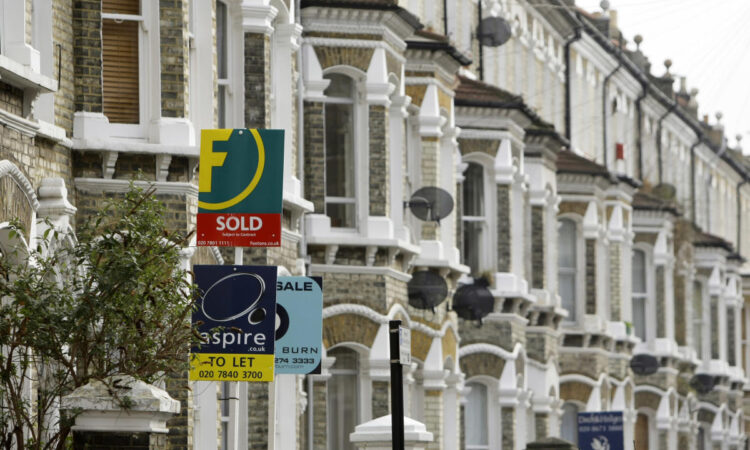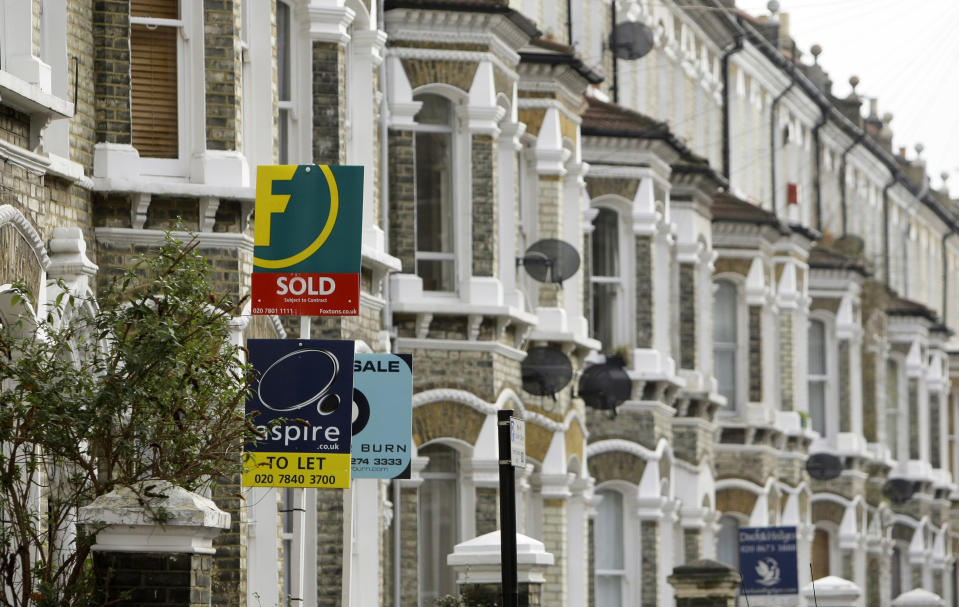

York has been crowned as the city with the strongest house price inflation across England and Wales this year, new data has shown.
According to Halifax, house prices in the historic Yorkshire city have grown by 23.1% over the last 12 months, or £69,648 on average in cash terms.
Since March 2020, when the COVID-19 lockdowns started in the UK, average house prices in York have surged by 41.9% or £109,457, meaning typical property values there have risen to £370,639.
Enveloped within Roman walls, the city’s attractions include York Minster, medieval shopping streets such as the Shambles, and historic pubs like the Yorvik Viking Centre and York Dungeon.
It is also home to the popular Bettys cafe tea rooms and York’s Chocolate Story, as well as having strong connections with highwayman Dick Turpin, who spent his final days there.
Read more: House prices: Should you buy or sell your house next year?
In second place came Woking, with its good links to central London. It saw the biggest average house price increase of any town or city in cash terms in 2022.
The cost of buying a home in the town rose from £493,299 in 2021 to £586,925 – an increase of £93,626 or 19.0%.
Taking away the bronze medal was Welsh city Swansea, which recorded a house price growth of 17.5% or £39,450 annually.
Chelmsford and Kettering made up the rest of the top five places with 16.8% and 15.9% growth, respectively. Meanwhile, Derby, Wellingborough, Peterborough, Bristol and Cambridge, rounded up the top 10.
Watch: Will UK house prices ever fall?
“Overall 2022 was another year of rapid house price growth for most areas in the UK, Kim Kinnaird, mortgages director, Halifax, said.
“And unlike many years in the past, the list isn’t dominated by towns and cities in the South East. Nowhere is that more the case than in the cathedral city of York, which saw the highest property price inflation across England and Wales this year, rising by over a fifth.”
She added: “While existing homeowners will welcome the increased value of their home, such a jump makes it much more challenging for those looking to step on to the property ladder or move into the city.
“While London still has some of the highest property prices in the country, it recorded comparatively modest house price inflation over the last 12 months.
“This is partly due to pandemic-driven shifts in housing preferences as buyers sought bigger properties further from urban centres.
“We can see this clearly in commuter towns such as Woking, Chelmsford and Hove, which – with their more diverse range of properties perhaps offering better value – recorded much bigger increases over the last year.”
Read more: Interest rates: How BoE’s rate hike will impact mortgages and house price
Tom Bill, head of UK residential research at estate agent Knight Frank, said: “This year saw the ‘escape to the country’ trend wind down while the return to towns and cities gathered pace.
“York captures the best of both of those worlds. Many people moved to Yorkshire during the pandemic due to family ties and the relative affordability compared to areas such as the Cotswolds.
“Meanwhile, the strength of south-east England underlines the gravitational pull of the capital as the economy reopens.
“London prices were more muted due to affordability constraints that predate the pandemic, which mean prices in the commuter belt and beyond should continue to outperform the capital in the medium-term.”
Read more: 2022: Year in review
The city with the weakest annual growth in house prices, according to Halifax, was Leicester in the East Midlands. Average house prices fell £10,212 to £271,092 during the year, an overall fall of 3.6%.
It was followed by Hull, Maidenhead, and Stoke-on-Trent, which fell 2.9%, 2.2%, and 1.7%, respectively. The fifth weakest area was Islington in London, which grew just 0.4%.
Tom Bill, head of UK residential research at estate agent Knight Frank, said: “The strength of south-east England underlines the gravitational pull of the capital as the economy reopens.
“London prices were more muted due to affordability constraints that predate the pandemic, which mean prices in the commuter belt and beyond should continue to outperform the capital in the medium-term.”






